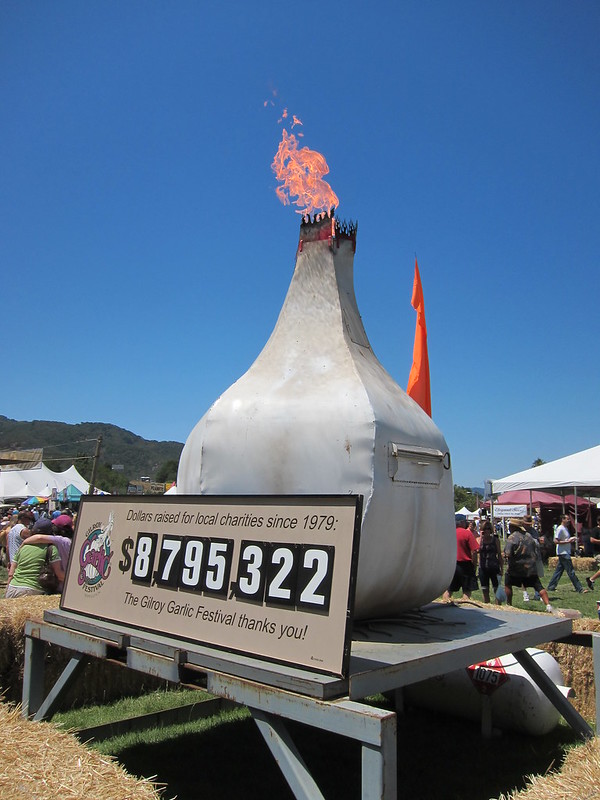
By Eric Valentine
As Valley cities scramble to put a dent into the local housing crisis that is making it—if you can even find a place—unaffordable for some folks to live here, I see an interesting irony. A partial cause of the problem is the influx of people to Idaho from California, and a potential (and partial) solution may be something from there, too.
Rewind the clock to circa 2003. A young news reporter with still enough hair on his scalp to not so religiously wear hats (that’d be me) was covering education for a small, daily paper in Silicon Valley called The Gilroy Dispatch. Gilroy’s not a large city by any means—population 52,000 when I lived there. But it’s perhaps better known than my home town in California—San Pedro, one of the largest commercial ports in the world better known as the Port of Los Angeles. That ballcap you’re wearing? It might have been made by a 9-year-old Chinese girl partially against her own will, but it went through my home town before it got to you.
Back to Gilroy. Through all my travels, it never ceases to amaze me how whenever people hear the word “San Pedro,” nothing seems to register. But say “Gilroy” to them, and nearly everyone responds, “The garlic capital of the world!” China may be the actual garlic capital of the world (it produces 75% of the world’s supply) but that bulb you just picked up at the local Atkinsons’ or Albertsons that looked pretty good and should stay fresh at least a couple weeks? That came from Christopher Ranch in Gilroy and when you buy it at stores there, it looks as juicy as an apple and takes about two months before those thin green shoots start to sprout (it’s still good at that point, by the way; try it in a Chinese stirfry for best results).
What isn’t ironic is that Gilroy, being in Silicon Valley, logically had the same issue our Valley has: the working class couldn’t afford to live there. It was a working-class town, not a resort, but so close to San Jose (a 35-minute drive) and San Francisco (a 1-hour-and-15-minute drive) the housing prices priced out people like cops, firefighters, teachers and, of course, the reporters (that’d be me) who were married to any of those true heroes. And for the record, I really couldn’t tell you without looking at Google Maps how many miles Gilroy is from those larger cities. Californians use time to understand commutes. And, incidentally, 35 minutes to just over an hour sounds like quite manageable a commute to my native ear. Manageable enough to actually brag about it to your pals:
“Bro, you have to get a Beemer. I totally dig mine.”
“Dude, I don’t need a Beemer, I got a 35-minute commute.”
So, rather than me turn this knee slapper of a column into something wonky, I’ll let what might be the younger and hairier version of me tell you what the Gilroy school district did to help teachers live there. Visit gilroydispatch.com/aid-for-teacher-home-buyers to read an article that is now credited to “Gilroy Staff.” But when a subliminal weed reference to a school matter that takes place on Church street is suspiciously placed in the story’s lead sentence, you probably know who really penned that gem. Hint: He wears a lot of hats and he could be a little socialist, too. But like garlic and American housing policies, he ain’t from Shanghai.
